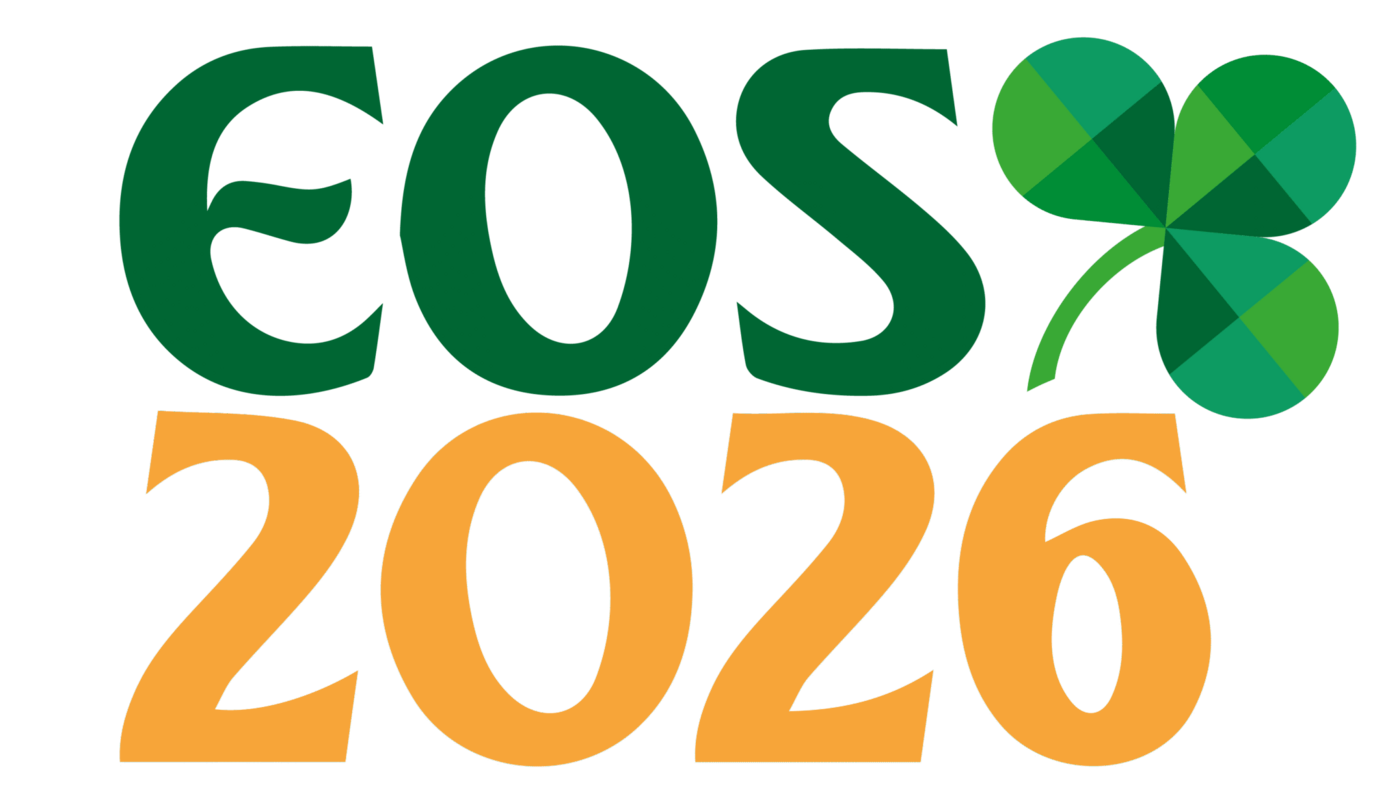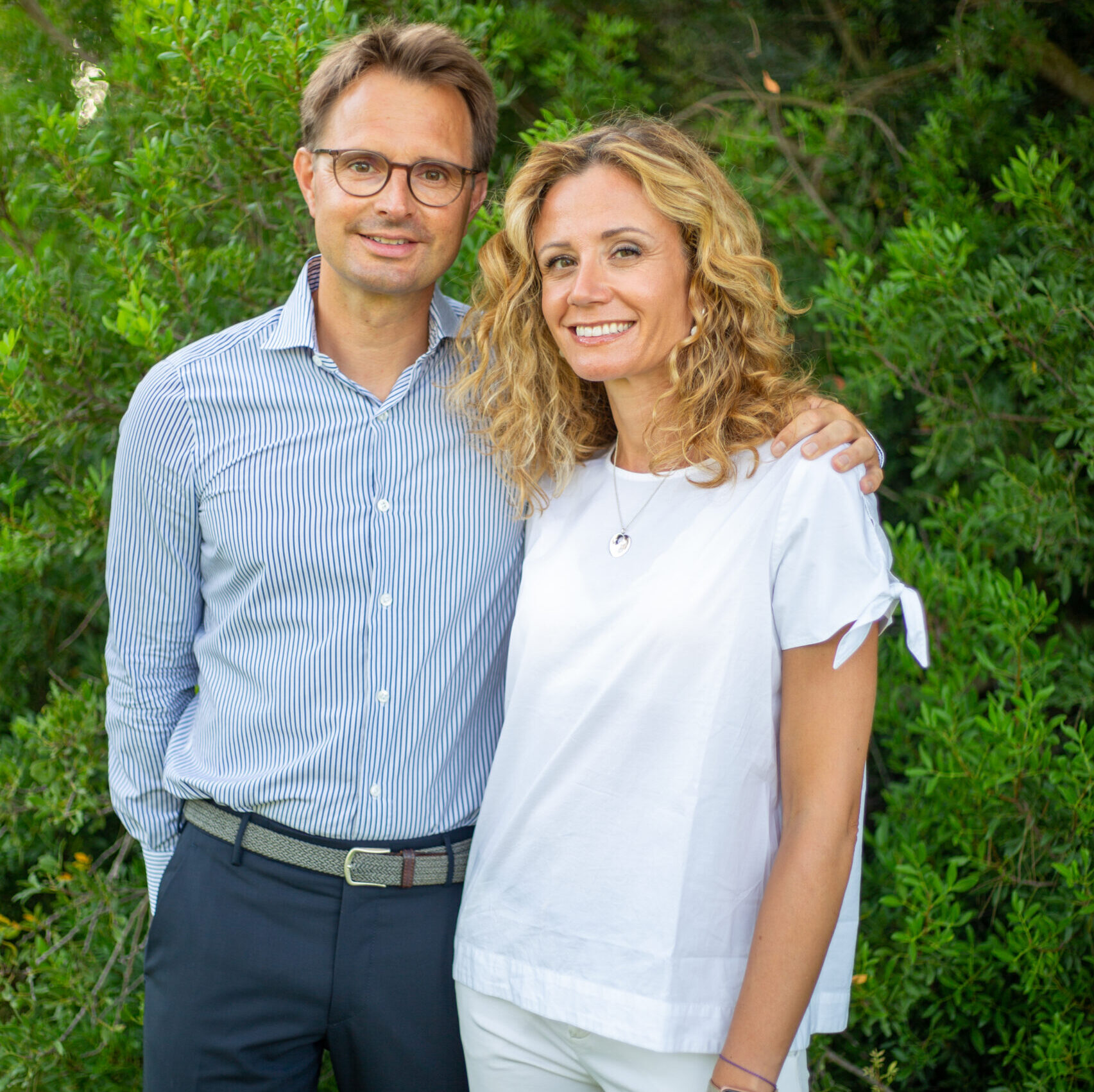Postgraduate course
Class II Treatment Strategies from Adolescence to Adulthood
Date and Time: Monday, 8 June – 09:00-16:00
Location: Liffey Hall 2, Convention Centre Dublin.
A ticket must be purchased during the main congress registration. Places are limited and on a first-come-first-served basis. The ticket includes coffee breaks and lunch.
Course details
Strategy of treatment depends on the patient’s age, the severity of malocclusion, and the possibilities for dento-alveolar compensation. Managing Class II malocclusions in teens and adults presents different biomechanical challenges that may require asymmetric mechanics, non-extraction or extraction protocols, skeletal anchorage, or orthognathic surgery.
We will address various Class II malocclusion types in teens and adults, starting from diagnosis and problem list, leading to treatment goals, treatment planning, and clinical management. The focus will be on achieving predictable and efficient outcomes while meeting a high standard of aesthetic, occlusal, functional, and periodontal objectives.
Learning objectives
By the end of this course, participants will be able to:
- Assess the aetiology and severity of Class II malocclusion and evaluate appropriate options for correction and dento-alveolar compensation, including non-extraction and extraction treatment.
- Explore the indications and clinical applications of advanced interventions, including skeletal anchorage and orthognathic surgery, in the management of complex Class II malocclusions.
- Identify biomechanical challenges, such as asymmetries and torque control, specific to Class II treatment in non-growing patients, and select appropriate orthodontic mechanics to manage these complexities.

